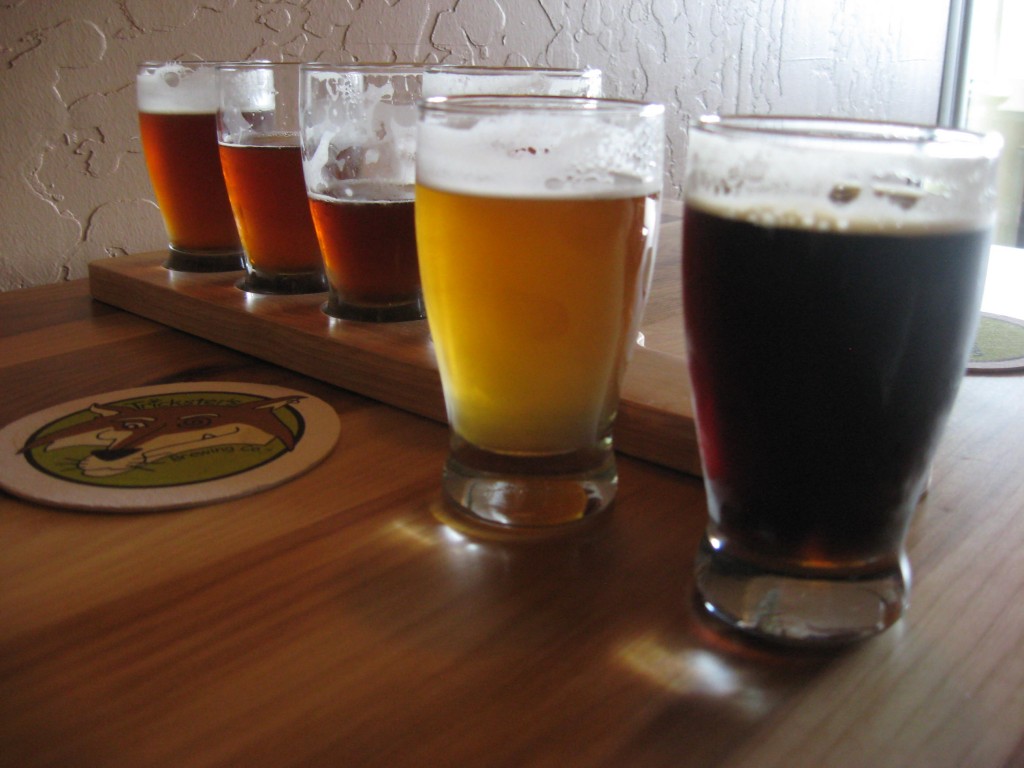When I started brewing about 3 years ago, I jumped right into all grain using 1 gallon kits then soon after bought a batch sparge setup with converted coolers for larger batches. I made many good beers, no doubt, but I found myself pining for a less complicated method, one that didn’t involve as much setup or clean-up but resulted in a finished product with similar quality. It wasn’t until a year or so later I learned about Brew In A Bag (BIAB) and, amid a run to win my homebrew club’s Homebrewer of the Year title, abruptly adopted it as my primary approach after buying a used e-BIAB system on a whim, sending me down a much simpler and less time consuming path.
Want to read more? Please click…


 If you are familiar at all with the 2008 BJCP guidelines (AKA every competition for the past seven years) then you are mostly familiar with the major categories for the 2016 competition–with three differences:
If you are familiar at all with the 2008 BJCP guidelines (AKA every competition for the past seven years) then you are mostly familiar with the major categories for the 2016 competition–with three differences: Nutmeg and orange peel with faint hint of what way in the background. Pale malt up front, but even that is faint.
Nutmeg and orange peel with faint hint of what way in the background. Pale malt up front, but even that is faint.

 That’s NOT Maria Devan. That’s Ken Carman to your left. Can’t you tell the difference?
That’s NOT Maria Devan. That’s Ken Carman to your left. Can’t you tell the difference? 
 That’s Maria Devan. In the picture. Between the two guys.
That’s Maria Devan. In the picture. Between the two guys. 

 Some categories may be tough to do this with, like category 3: Czech lagers. Finding examples may be tough, especially in more rural regions. I would say, â€brew it yourself then compare,†but considering the cost, the effort, and how tough some of these styles are to brew right, not sure how useful that advice might be.
Some categories may be tough to do this with, like category 3: Czech lagers. Finding examples may be tough, especially in more rural regions. I would say, â€brew it yourself then compare,†but considering the cost, the effort, and how tough some of these styles are to brew right, not sure how useful that advice might be. 
 In years past, I have made several visits to see family in Arkansas. Until just two years ago, what greeted me in the central portion of that state – around Little Rock and Hot Springs – was what I call a Beer Desert. That has changed. While the northwest corner of the state, home to Fayetteville and the huge University of Arkansas campus, has been fully aboard the craft beer train for awhile now, the rest of the state seems to have caught up with it.
In years past, I have made several visits to see family in Arkansas. Until just two years ago, what greeted me in the central portion of that state – around Little Rock and Hot Springs – was what I call a Beer Desert. That has changed. While the northwest corner of the state, home to Fayetteville and the huge University of Arkansas campus, has been fully aboard the craft beer train for awhile now, the rest of the state seems to have caught up with it.


You must be logged in to post a comment.